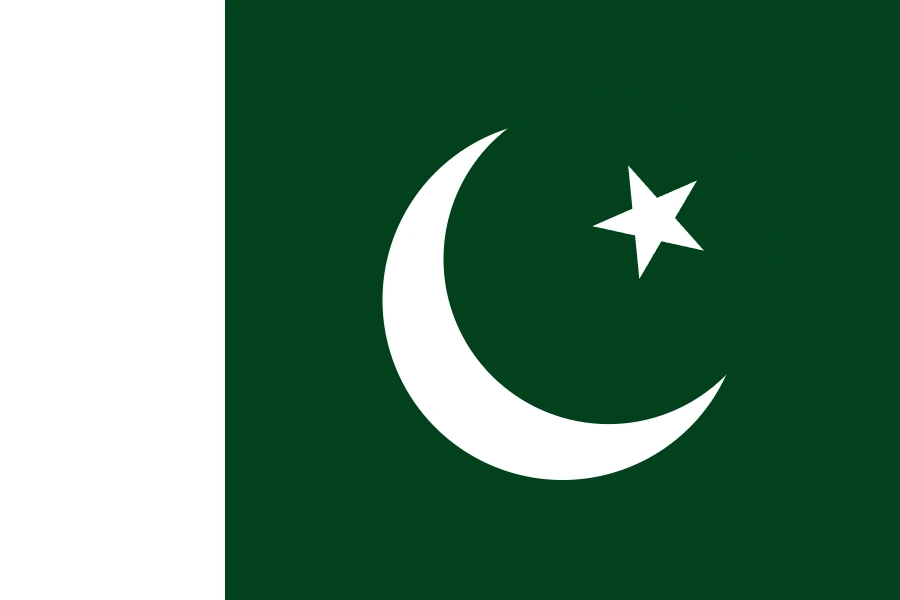Pakistan Travel Guide
Discover Why You Should Visit Pakistan
Why Visit Pakistan?
Pakistan offers a captivating mix of majestic mountain ranges, ancient civilizations, diverse cultures, and warm hospitality. Its varied geography includes lush valleys, deserts, rivers, and some of the highest peaks in the world.
From the bustling bazaars of Lahore to the serene Hunza Valley and archaeological wonders like Mohenjo-Daro, Pakistan is a hidden gem for travelers seeking authentic and unspoiled experiences.
Ideal for: Adventure travelers, history enthusiasts, cultural explorers, and nature lovers.
Must-Know Facts
Capital/Major City: Islamabad (capital), Karachi (largest city), Lahore
Language(s): Urdu (national), English (widely used), and various regional languages
Currency: Pakistani Rupee (PKR)
Best Time to Visit: March to May and September to November for pleasant weather
Fun Fact: Pakistan is home to five of the world’s 14 highest peaks, including K2
Top Things to Do
Explore the historical city of Lahore, including the Badshahi Mosque and Lahore Fort
Visit Hunza, Skardu, and Fairy Meadows for breathtaking mountain scenery
Wander the ruins of Mohenjo-Daro, a 5,000-year-old Indus Valley Civilization site
Drive the Karakoram Highway, one of the highest paved roads in the world
Experience local festivals, traditional music, and handicrafts in villages
Local Culture & Lifestyle
Pakistan’s culture is a fusion of South Asian, Central Asian, and Middle Eastern influences. It emphasizes hospitality, family values, and deep-rooted traditions.
Poetry, storytelling, and classical music play important roles in cultural expression. The diverse regions each bring unique languages, customs, and clothing styles.
Islam shapes daily life, and religious festivals such as Eid and Ramadan are widely celebrated.
Food & Drink Highlights
Street Food: Samosas, pakoras, bun kebabs, chaat, gol gappay
Restaurants: Serve regional dishes like biryani, nihari, karahi, saag, and seekh kebabs
Drinks: Lassi, chai (tea), Rooh Afza, sugarcane juice
Desserts: Jalebi, gulab jamun, kheer, barfi
Main Dish & Culinary Symbols
Signature Dish: Biryani, a spiced rice dish layered with meat or vegetables
Common Ingredients: Spices (cumin, cardamom, turmeric), ghee, yogurt, onions, garlic, lentils, rice
Culinary Culture: Meals are rich and flavorful, often shared communally. Bread like naan and roti accompany most dishes
Symbols & Icons of the Area
Natural Icons: Karakoram Range, Indus River, Deosai Plains
Cultural Icons: Truck art, shalwar kameez, mosques, Mughal architecture
Hidden Gems & Off-the-Beaten-Path
Kalash Valleys for the unique Kalasha culture and colorful traditions
Hingol National Park in Balochistan for dramatic landscapes and wildlife
Ranikot Fort, one of the world’s largest forts, near Hyderabad
Neelum Valley in Azad Kashmir for scenic beauty and tranquil villages
Shopping & Souvenirs
What to Buy: Hand-embroidered shawls, carpets, onyx, truck art items, ajrak, pashmina, spices
Where to Shop: Anarkali Bazaar in Lahore, Zainab Market in Karachi, local craft villages
Getting Around
Public Transport: Buses, rickshaws, and minivans are common in cities
Trains: Connect major cities and towns, with varying comfort levels
Domestic Flights: Useful for travel between distant regions like Gilgit or Karachi
Ride Apps: Careem and Uber operate in urban areas
Travel Tips
Dress modestly, especially in rural and religious areas
Learn a few Urdu phrases to connect with locals
Always carry cash for small vendors, though cards are accepted in cities
Travel with a guide in remote or restricted regions for safety and insights
Where to Stay
Budget: Guesthouses, hostels, and local inns in cities and towns
Mid-range: Boutique hotels, family-run lodges, and comfortable accommodations
Luxury: Upscale hotels in Islamabad, Lahore, and scenic resorts in Hunza and Skardu
Unique: Heritage havelis, mountain lodges, and glamping sites
Sample 4-Day Itinerary
Day 1: Arrive in Islamabad, explore Faisal Mosque, Lok Virsa Museum, and Daman-e-Koh
Day 2: Travel to Lahore, visit the Lahore Fort, Badshahi Mosque, and eat at Food Street
Day 3: Day trip to Kartarpur or explore old Lahore’s Walled City and local markets
Day 4: Fly or drive to Skardu or Hunza for a glimpse of the northern mountains



0 Comments